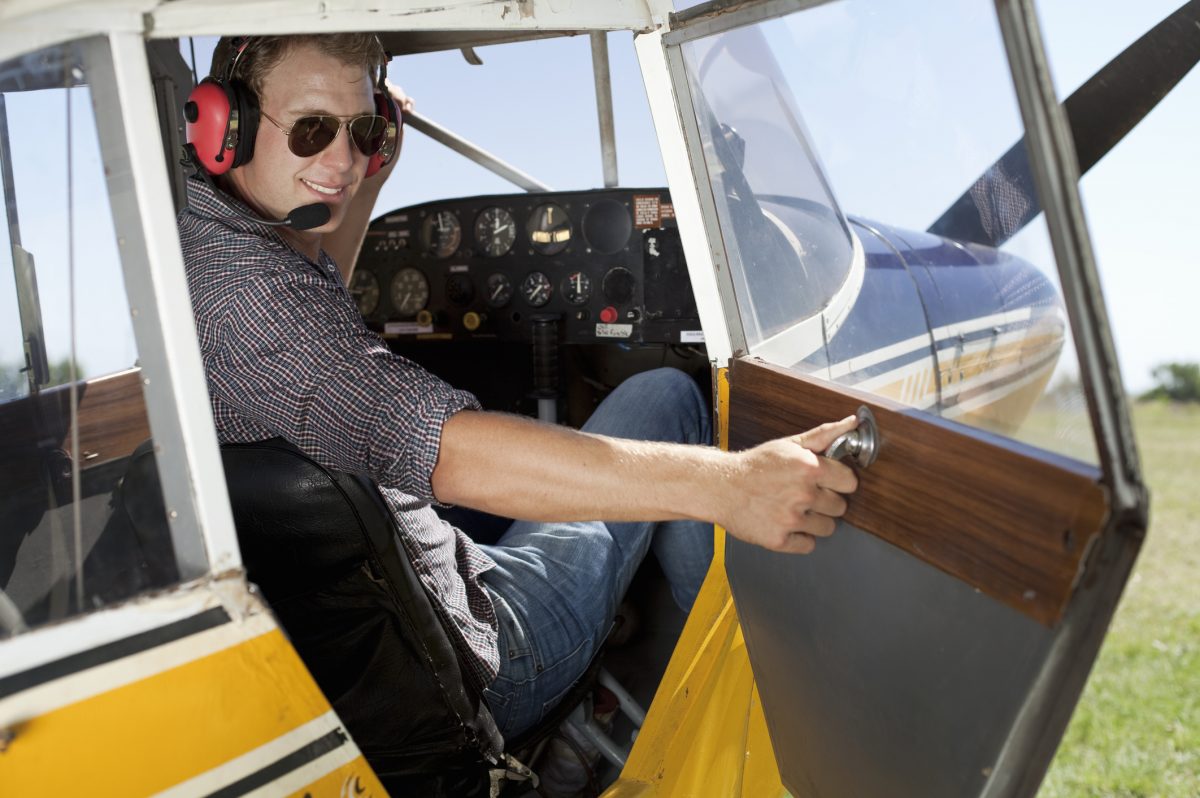
One of the best aspects of becoming a general aviation pilot is having friends or family members join you in the air. However, it’s important to remember that not everyone shares your passion and enthusiasm for flying. In fact, you may encounter friends or family who are nervous or afraid to fly in a smaller airplane. While you want to ensure your passengers have the best experience possible, it’s not always easy to calm nervous passengers and focus on flying the aircraft.
That’s when having a confident, experienced cockpit companion can make all the difference. Great flying companions can help pilots manage cockpit duties and reassure other passengers, helping to make the trip safer and more comfortable for everyone. Here are a few things flying companions can do to help fellow passengers and ensure a happy flight.
Prepare for flight
When preparing for a flying trip, there’s always plenty to do. While the pilot is busy with preflight activities such as filing a flight plan, checking the weather conditions, and running through checklists and calculations, flying companions can lend a helping hand by ensuring the other passengers are ready for the flight. For example, make sure passengers have the items they want to use during flight readily accessible whether its books, headphones, snacks, etc. All other luggage should be secured for the duration of the flight. It’s also a good idea to remind all passengers to visit the restroom before the flight. Making sure passengers are well-prepared for the trip will save time and takes some pressure off the pilot.
Provide a safety briefing
It’s always the pilot’s responsibility to ensure passengers receive a pre-flight safety briefing. Flying companions can assist the pilot in command by running through the following checklist, which uses the acronym SAFETY:
S – Seatbelts: All passengers on board must be briefed on how to fasten and unfasten their seatbelt and shoulder harness if installed. Remind passengers that their seatbelts must be fastened in order for the pilot to take off, land, or operate on the surface. Flying companions can help by checking that each passenger is buckled up before flight.
A – Air: Next, to ensure maximum comfort, passengers should be made aware of the environmental controls in the aircraft, including air conditioning and cabin heat. Encourage passengers to speak up if they’re too hot or too cold, and have your flying companion make adjustments to the controls as needed. This is also a good opportunity to brief passengers on the possibilities of air sickness. Be sure to show passengers where the air sickness bags are located in the aircraft – just in case!
F – Fire extinguisher: Show passengers where the fire extinguisher is located, and make sure they know how to use it in the unlikely event of a fire.
E – Exits, emergencies and equipment: Passengers should know where exits are located and how to open the door(s) in the event of an emergency. Flying companions can help by briefing passengers on evacuation procedures and designating a post-exit gathering point. Finally, make sure everyone knows where to find any equipment they might need to use in an emergency, including supplemental oxygen or any survival equipment on board.
T – Traffic and Talking: All passengers can help by looking out for traffic and alerting the pilot if they spot another aircraft. Encourage passengers to speak up if they see or hear anything unusual. Passengers should also be briefed on expectations for talking during flight. Instruct passengers to limit talking to the pilot – and conversations amongst themselves – during critical stages of flight. Flying companions can help remind passengers about these guidelines.
Y- Your questions?: Lastly, open the floor for passengers to ask any questions. Your flying companion can assist by answering basic questions or even offering words of reassurance, especially to passengers who are nervous or reluctant to fly. Usually, passengers are more comfortable once they’ve had a chance to ask questions and know what to expect.
Limit distractions
Distractions can inhibit a pilot’s ability to fully focus on flying the aircraft and compromise flight safety. To help cut down on dangerous distractions and ensure better safety, ask passengers to follow the “sterile cockpit” rule by remaining quiet and silencing any noise-making devices during critical phases of flight including takeoff, final approach, and while the pilot communicates with ATC. Flying companions can remind passengers when to be silent and help prevent putting undue stress on the pilot.
Do you have any tips for passenger care? Let us know on social media @HartzellProp.